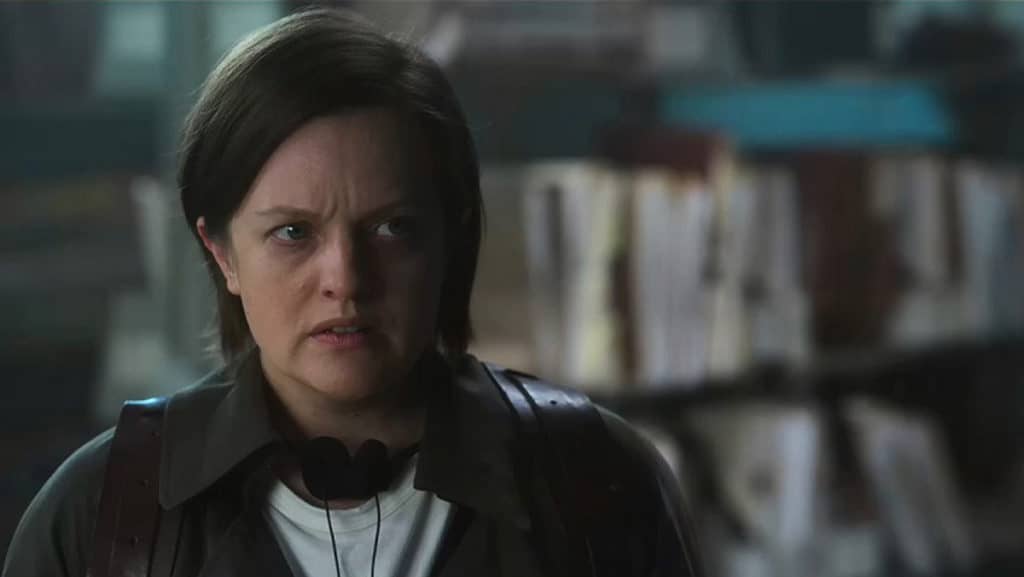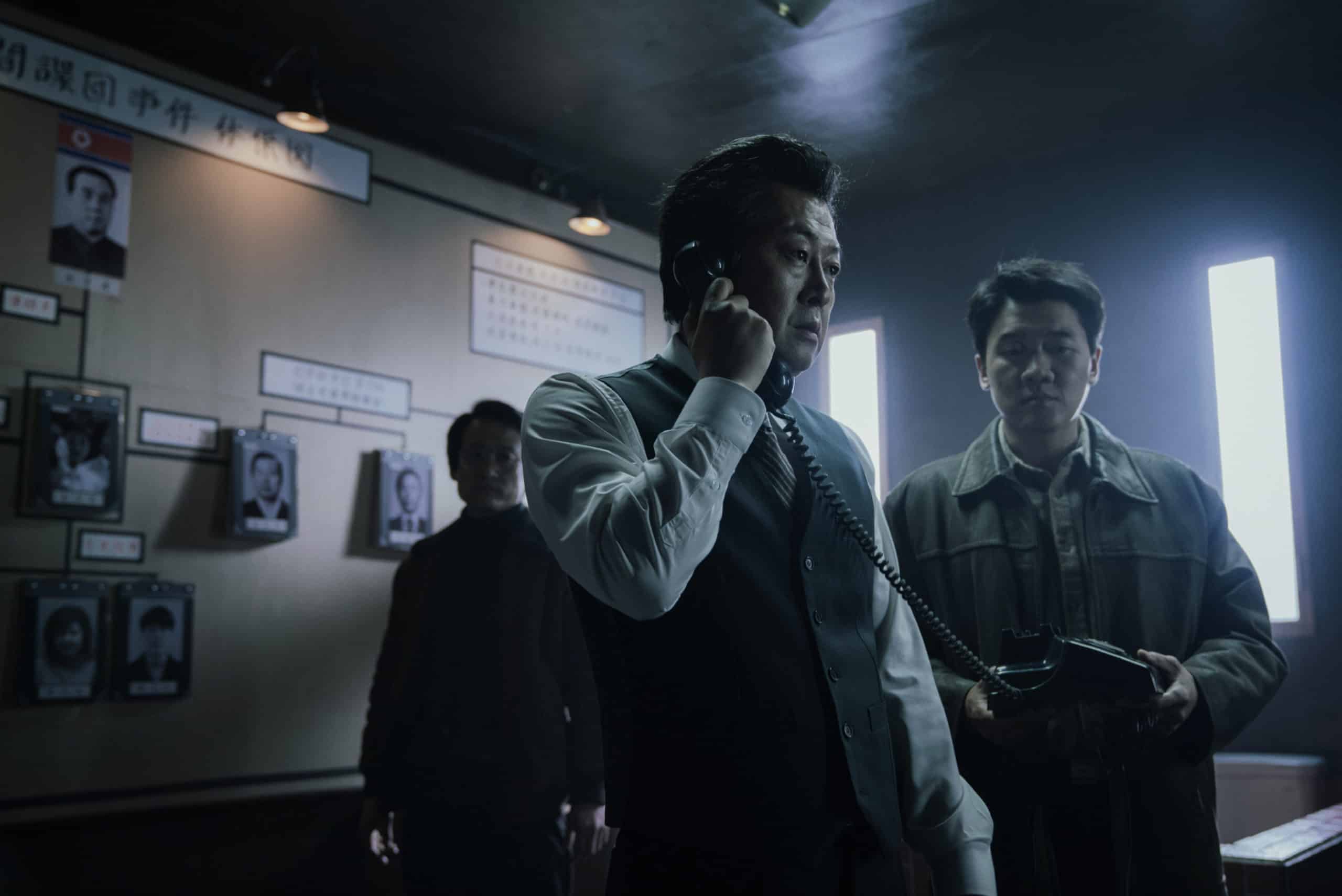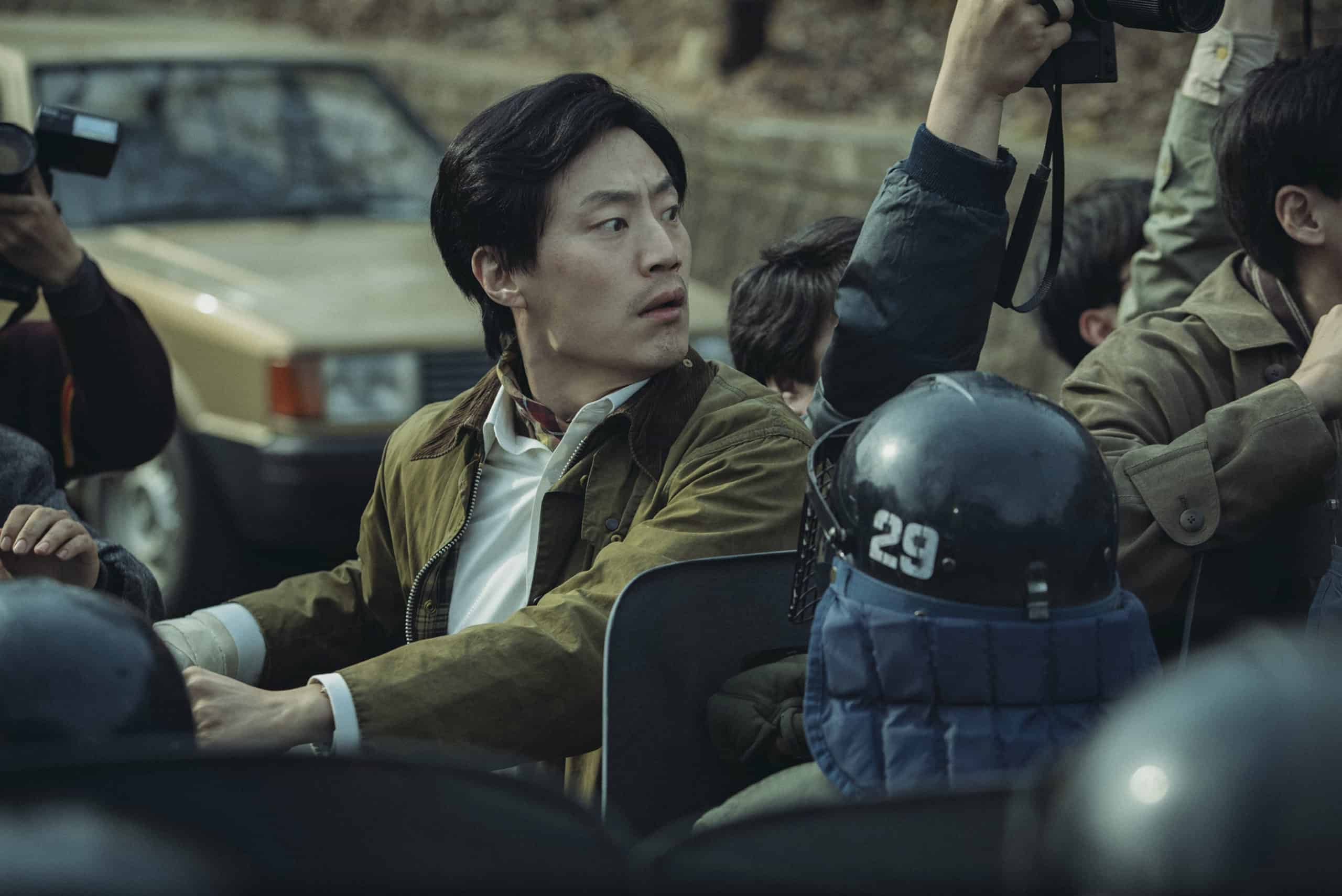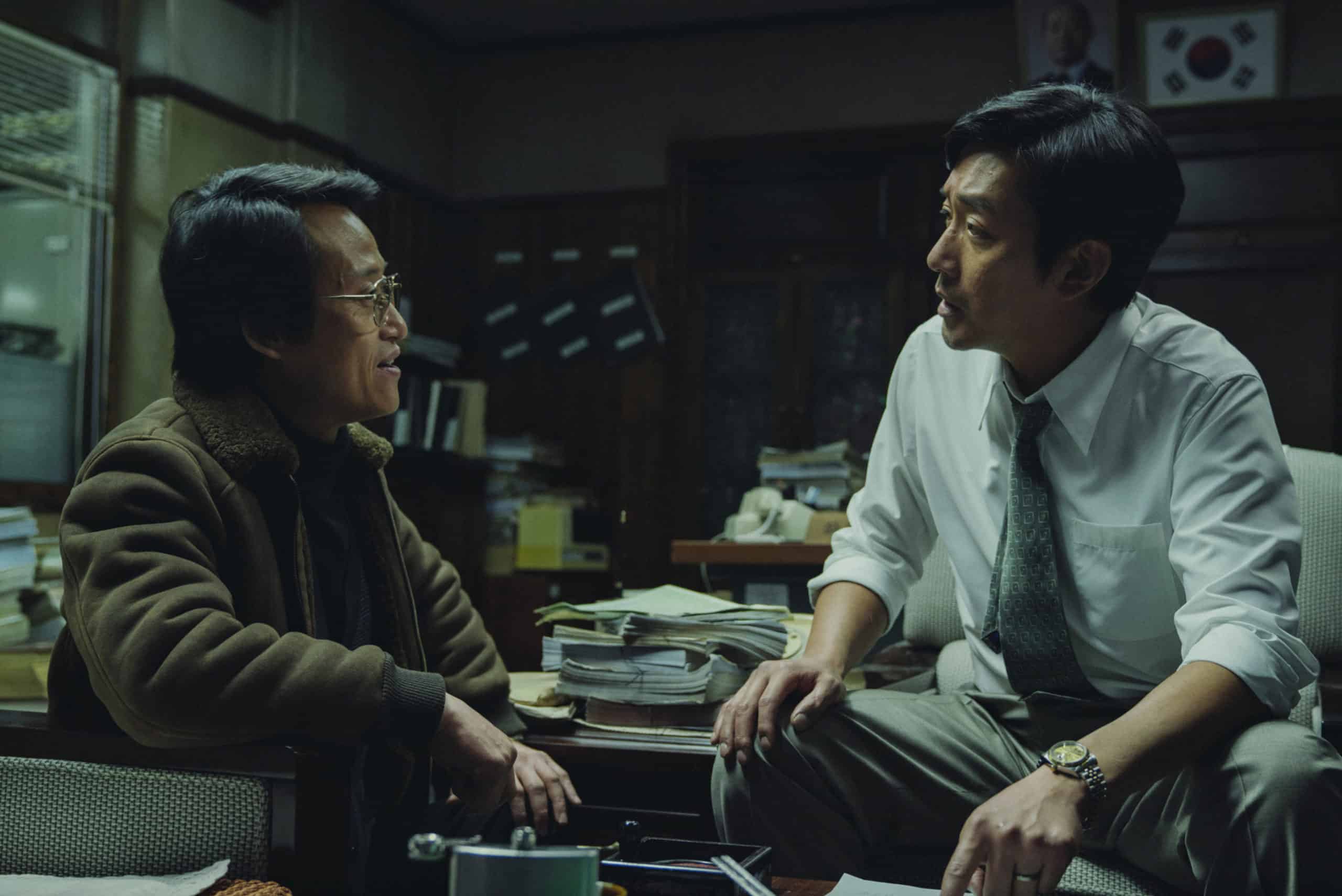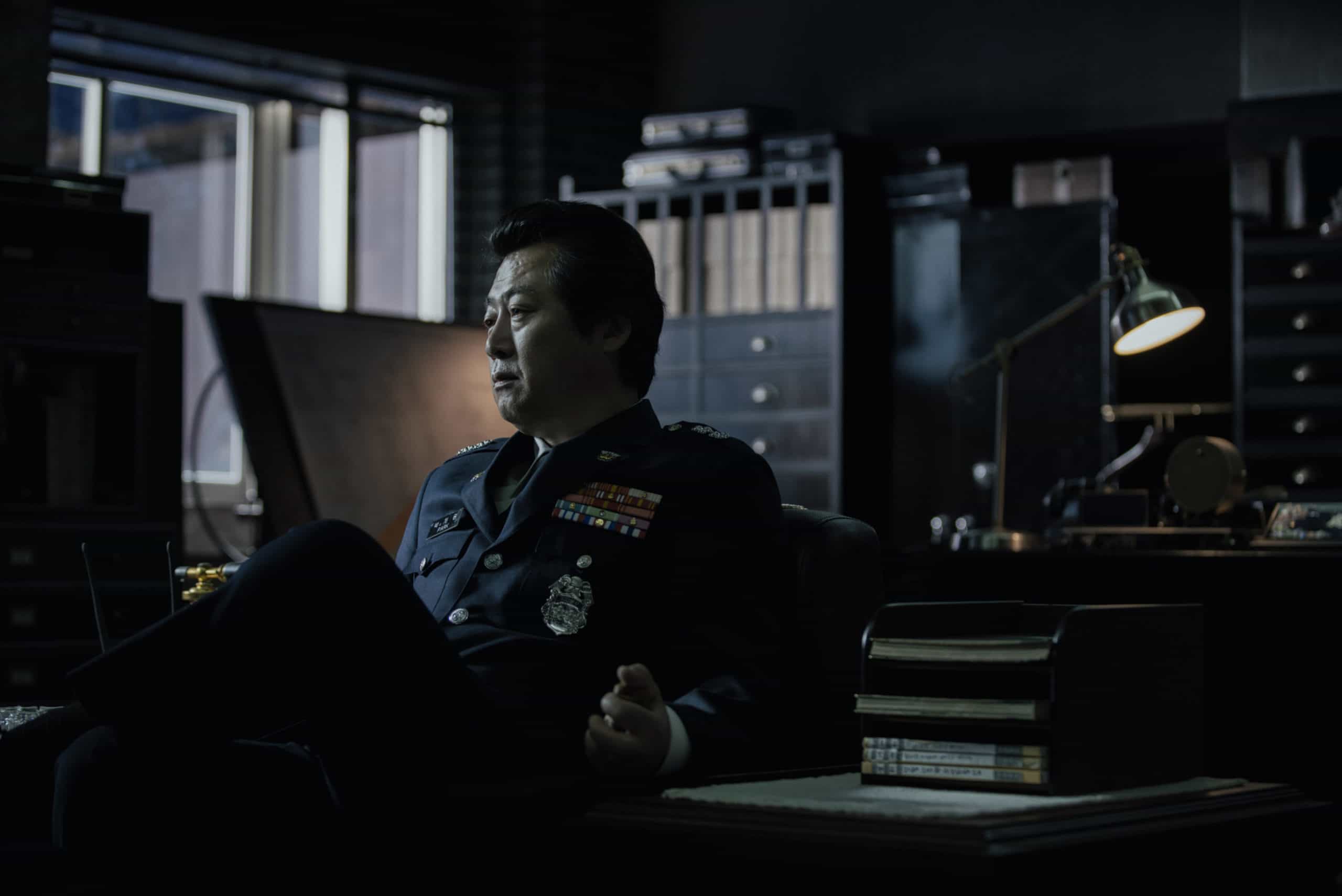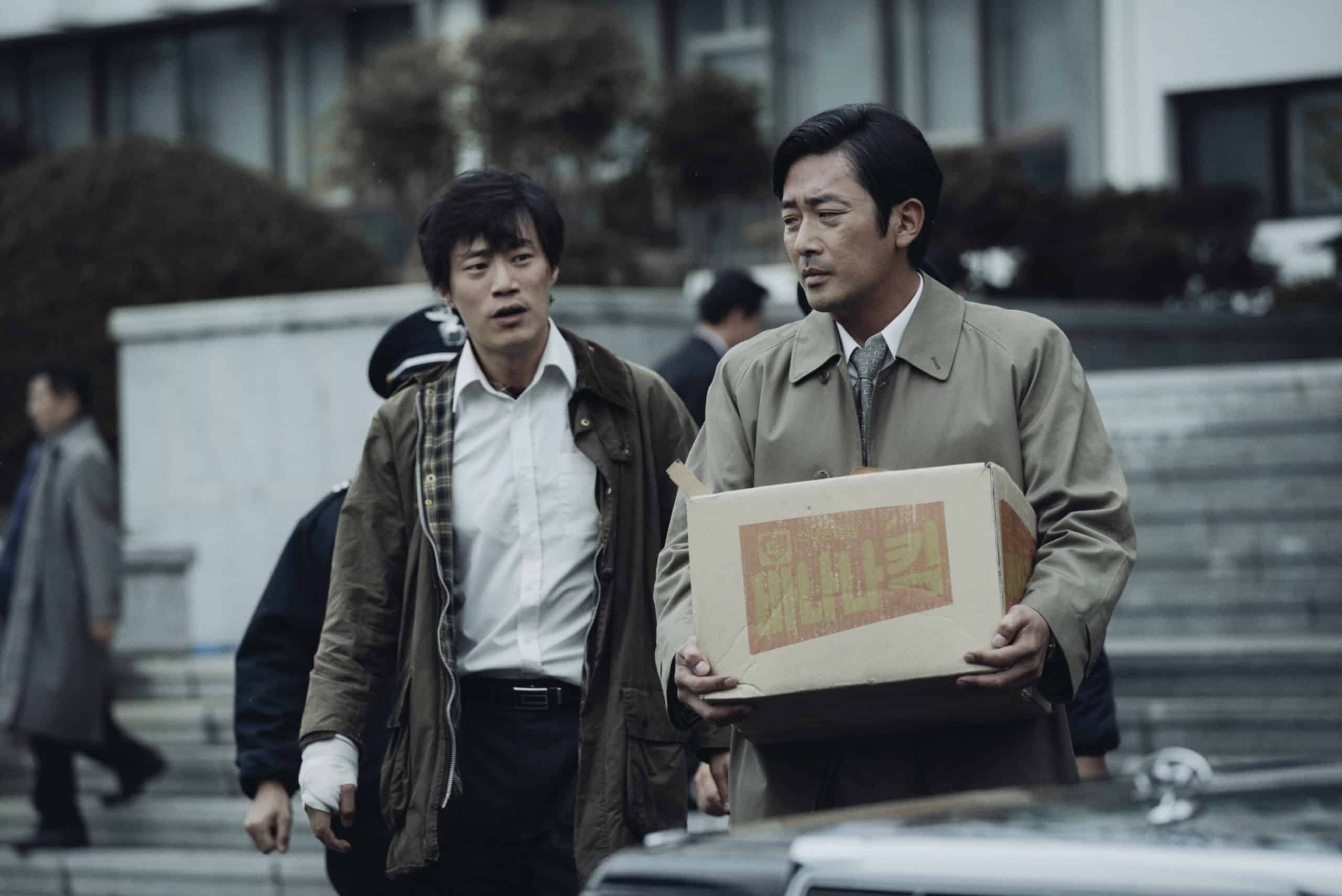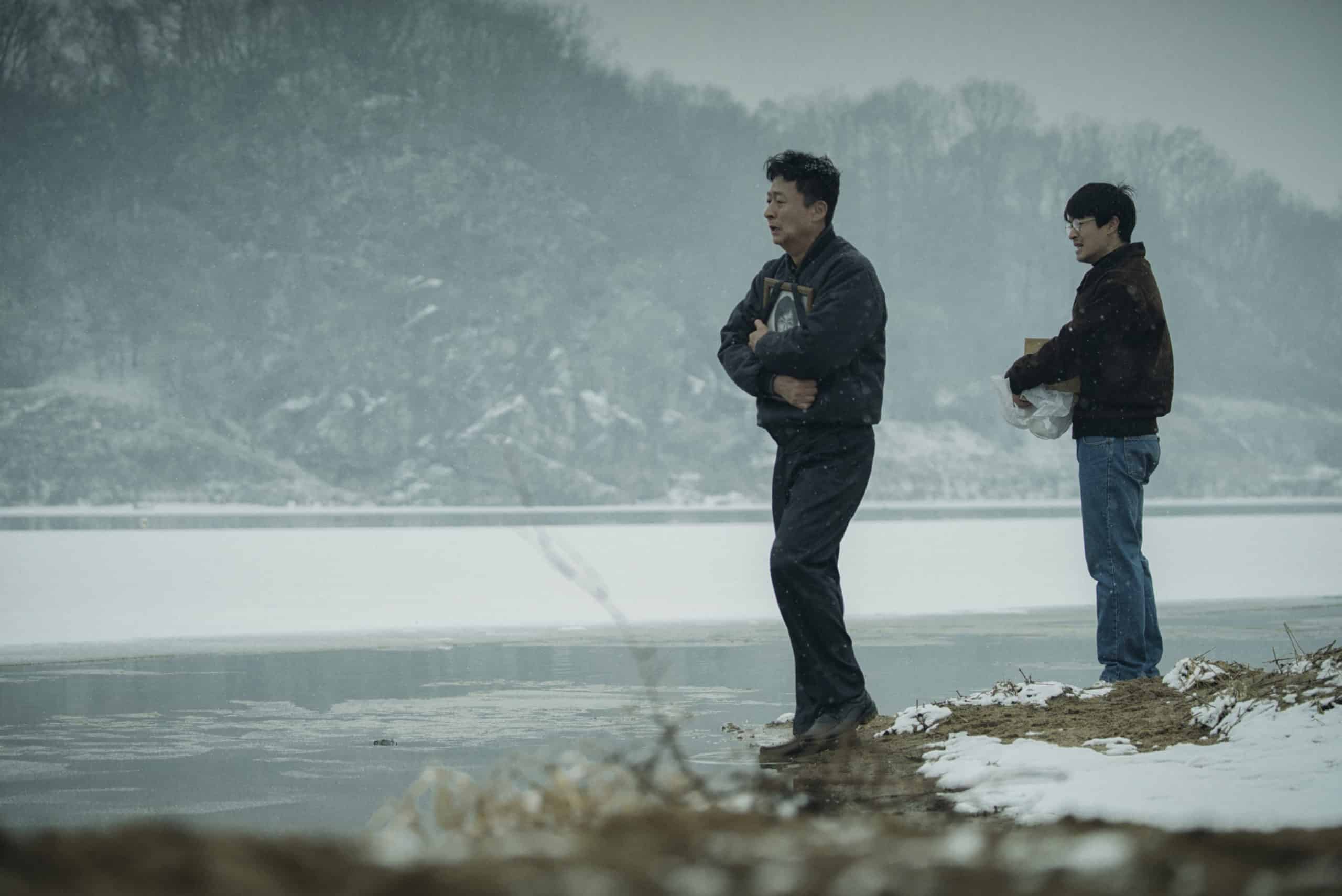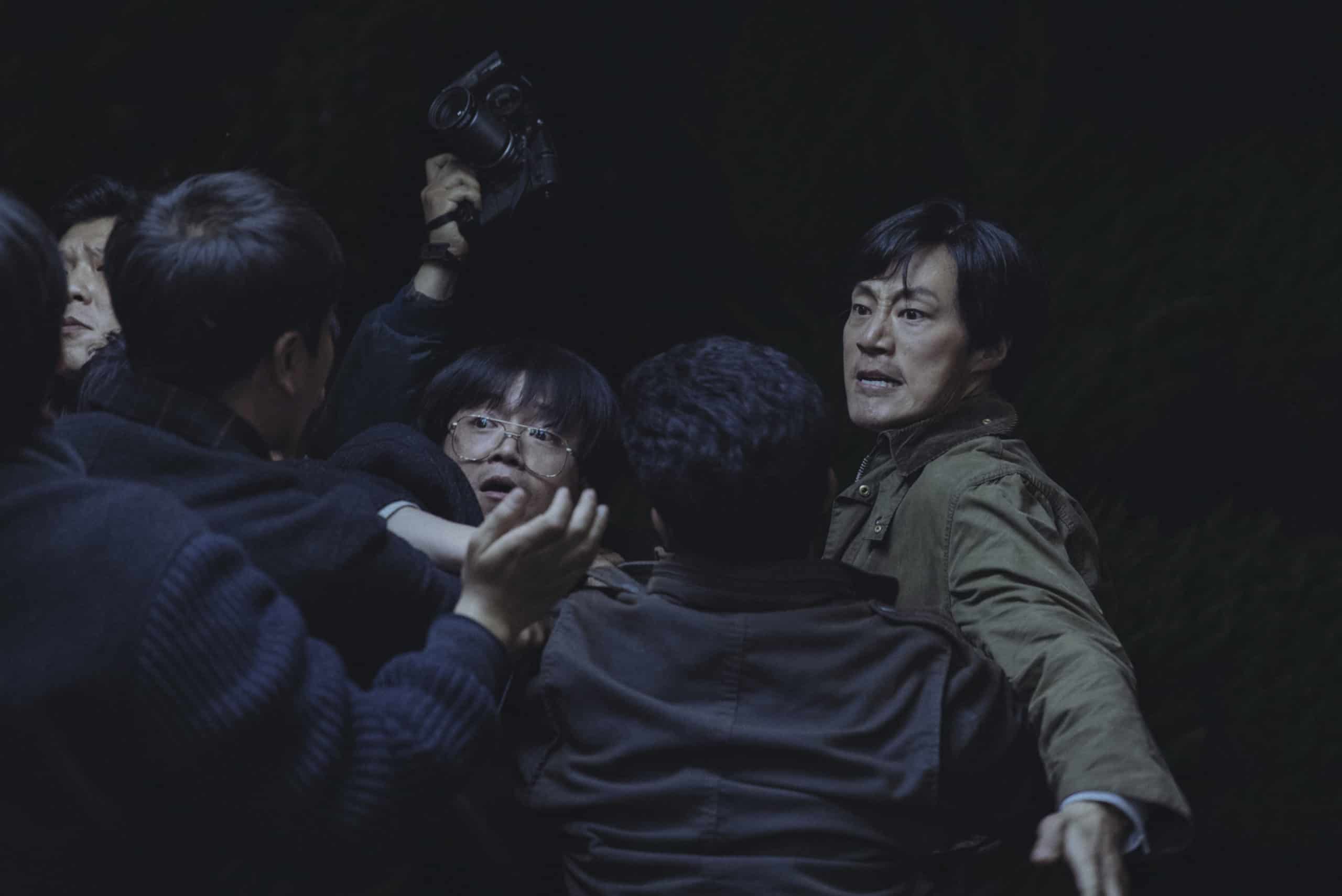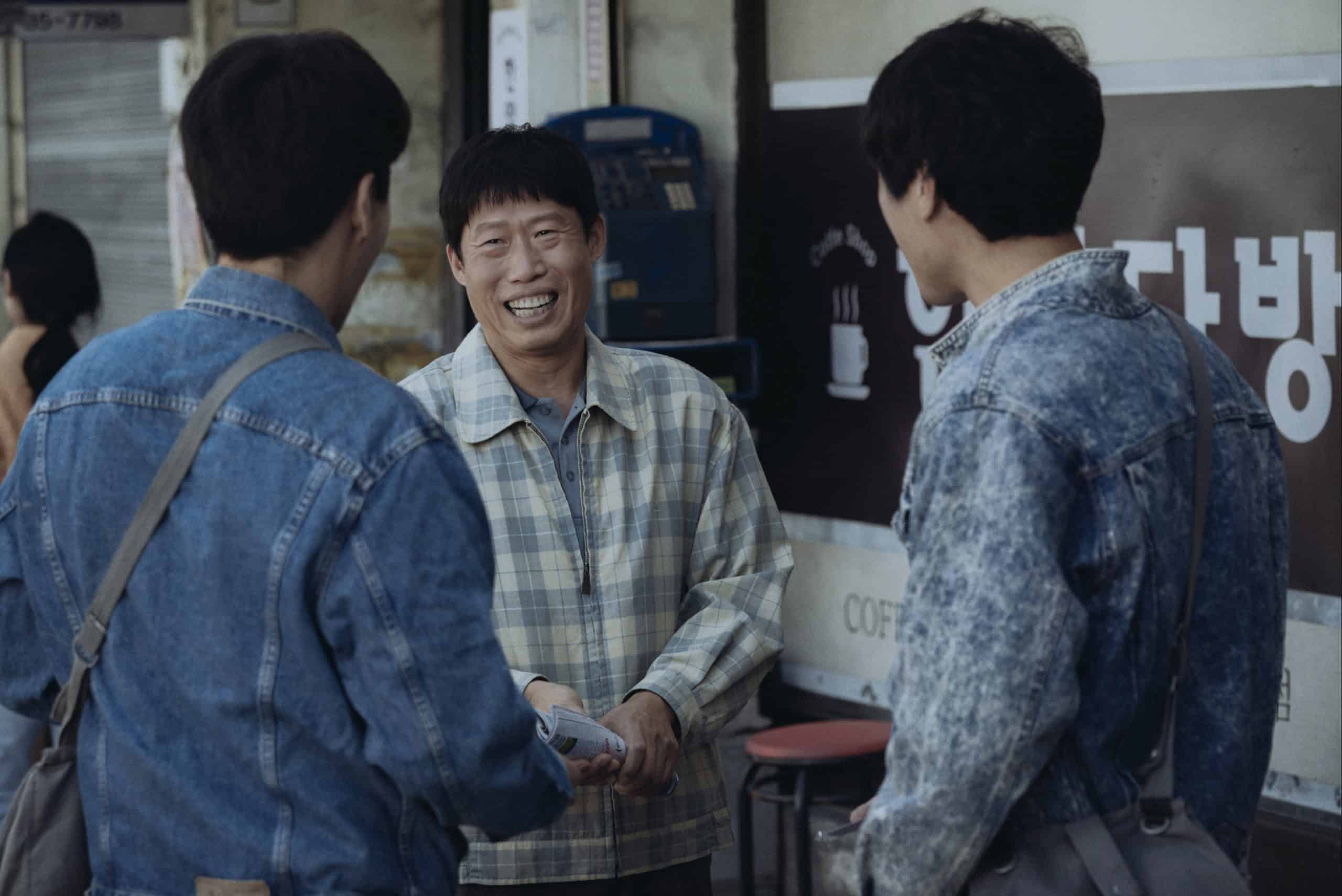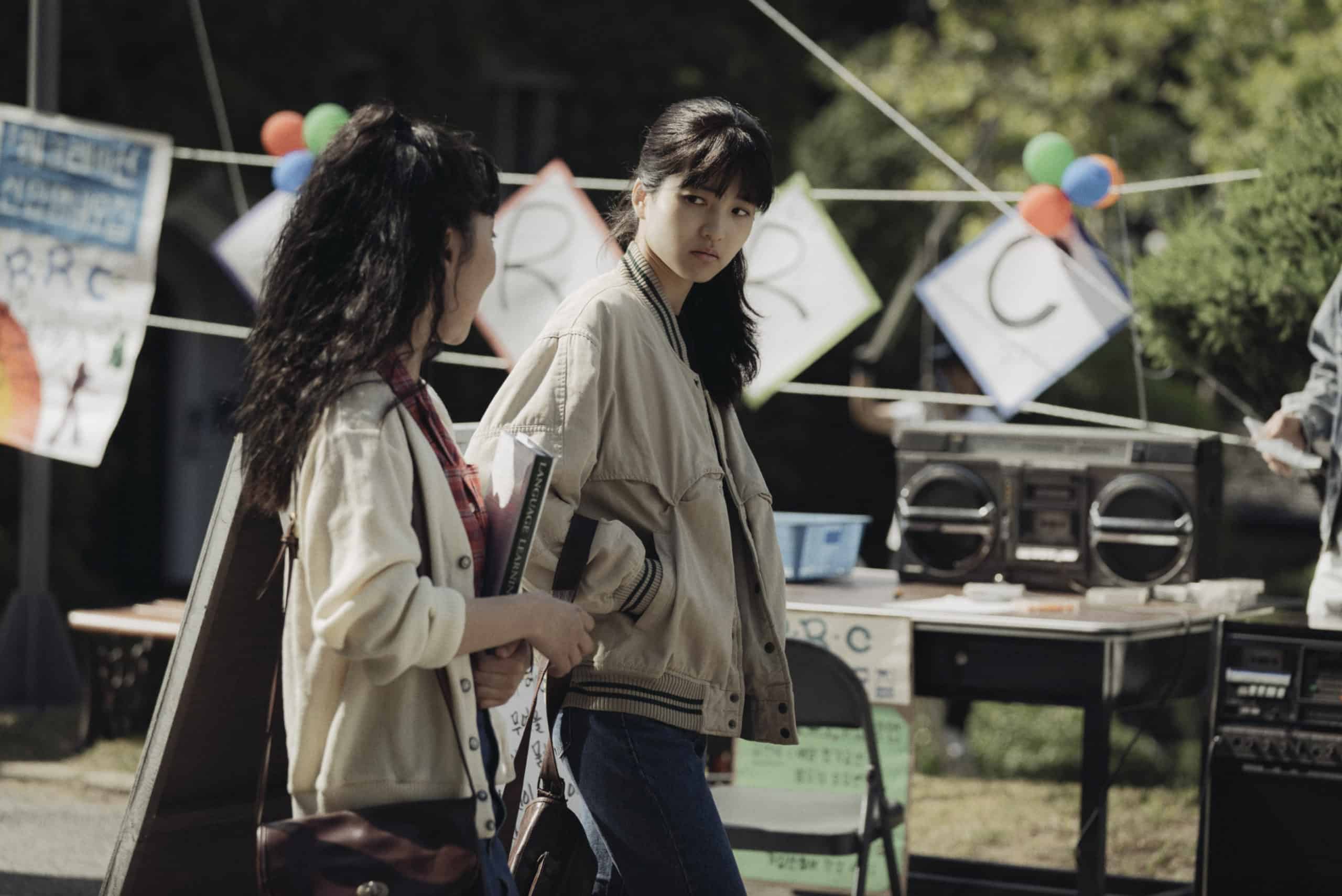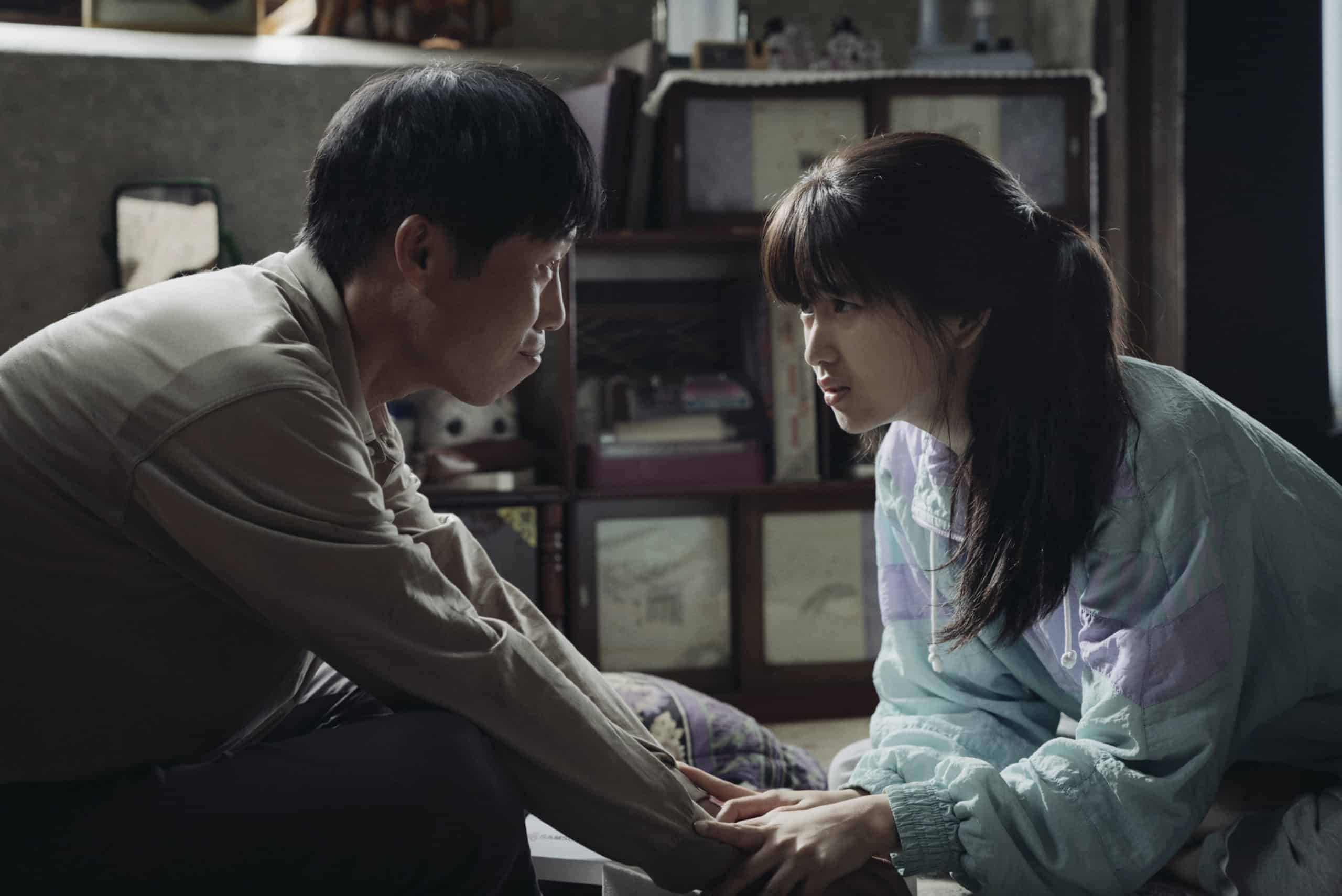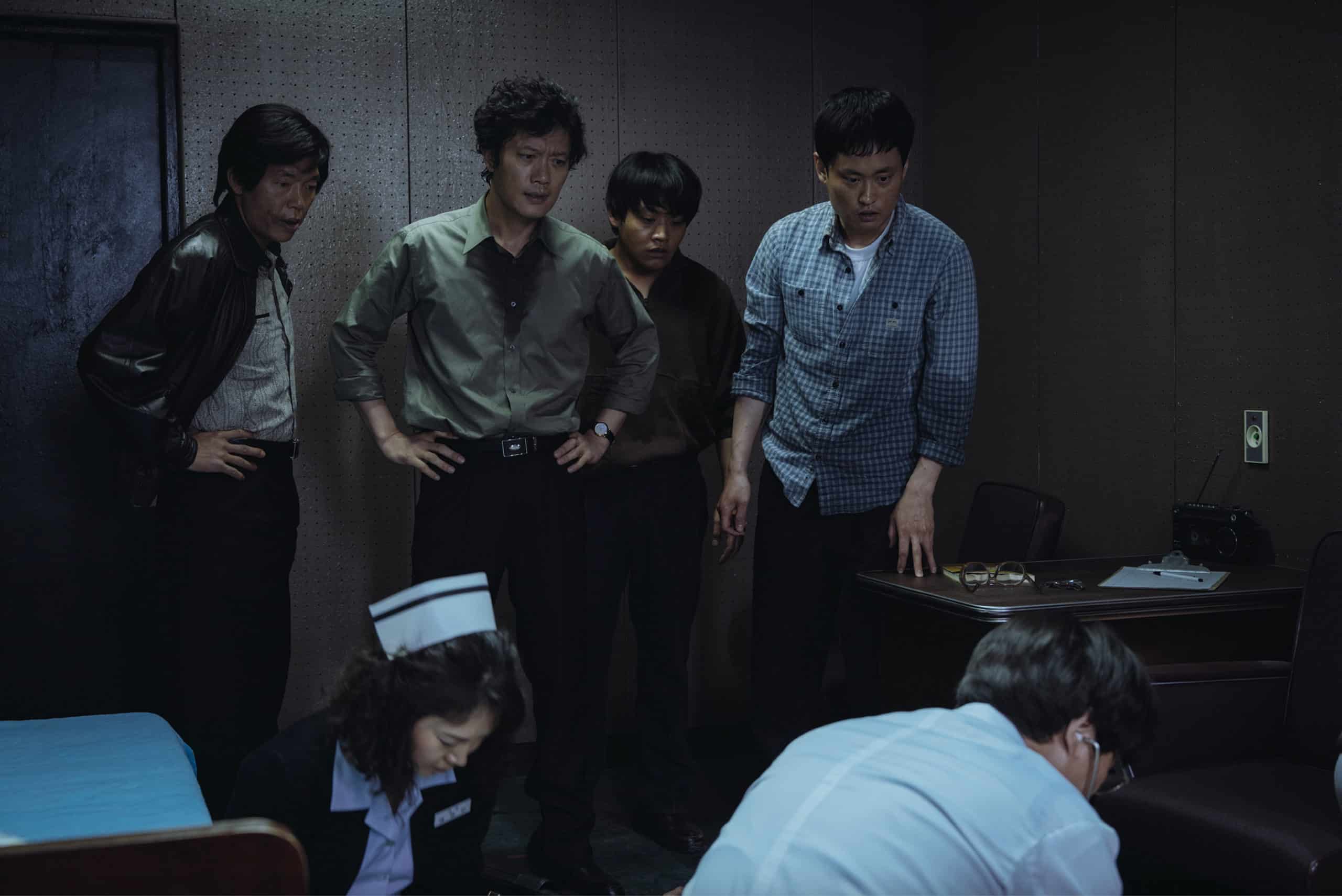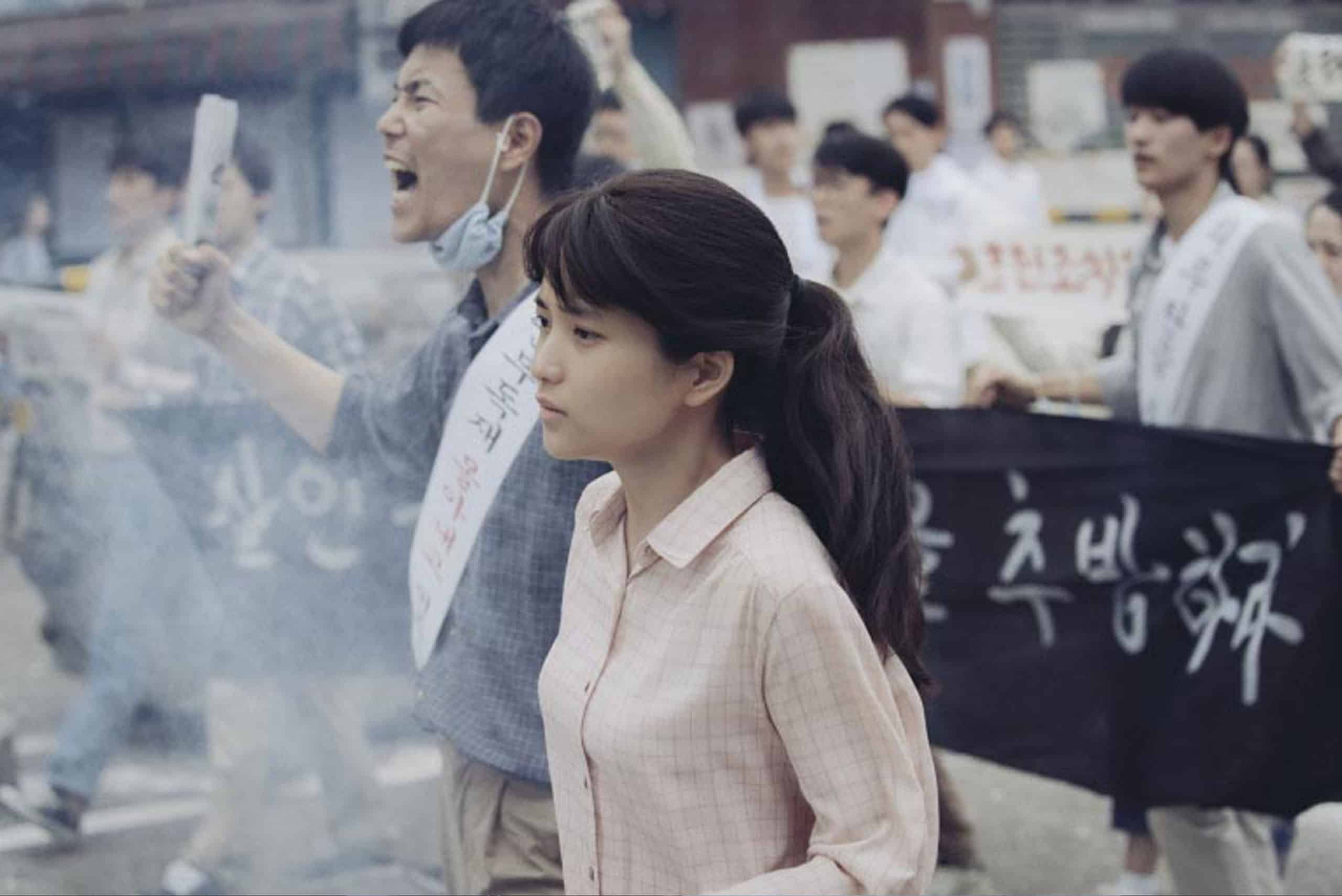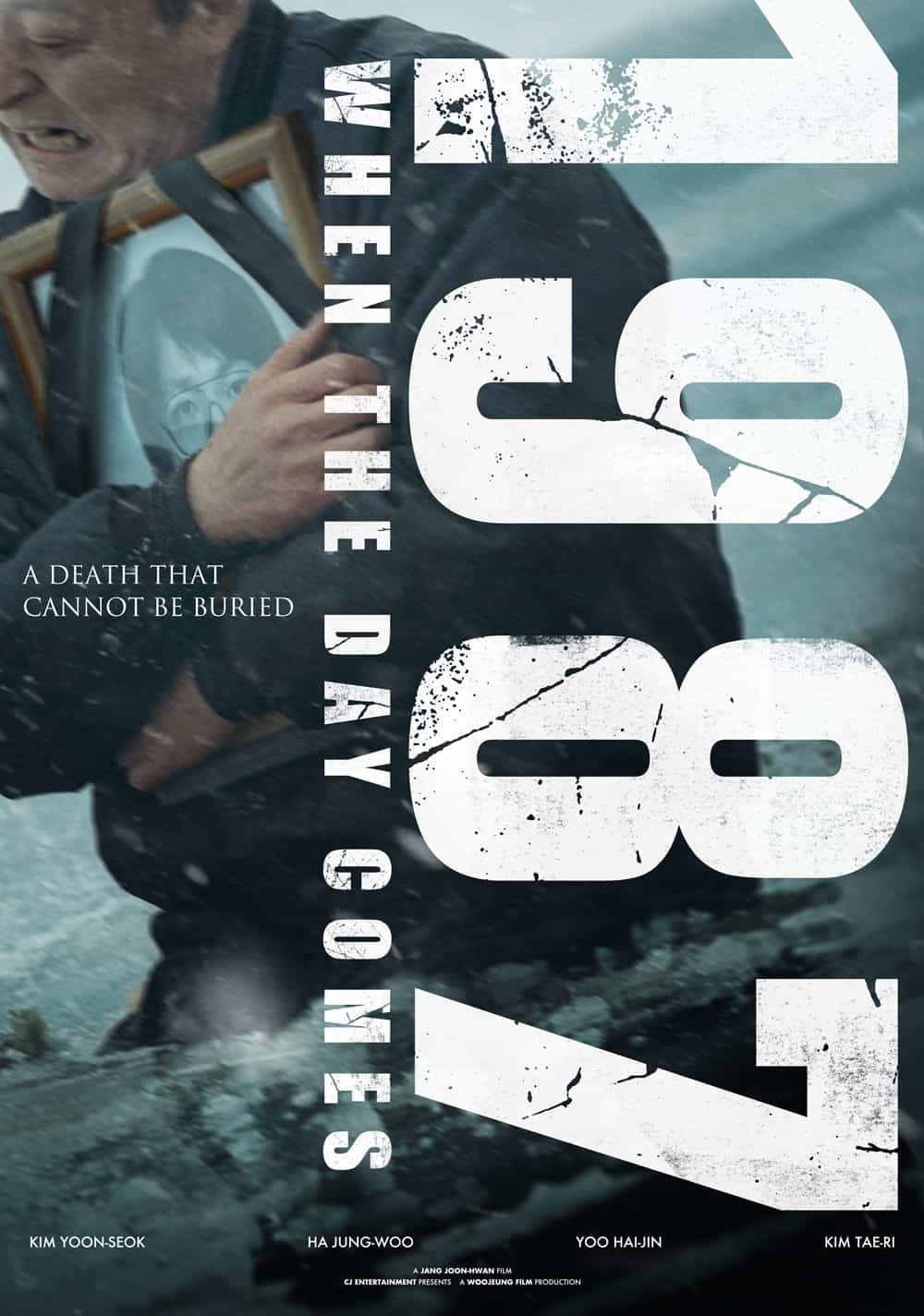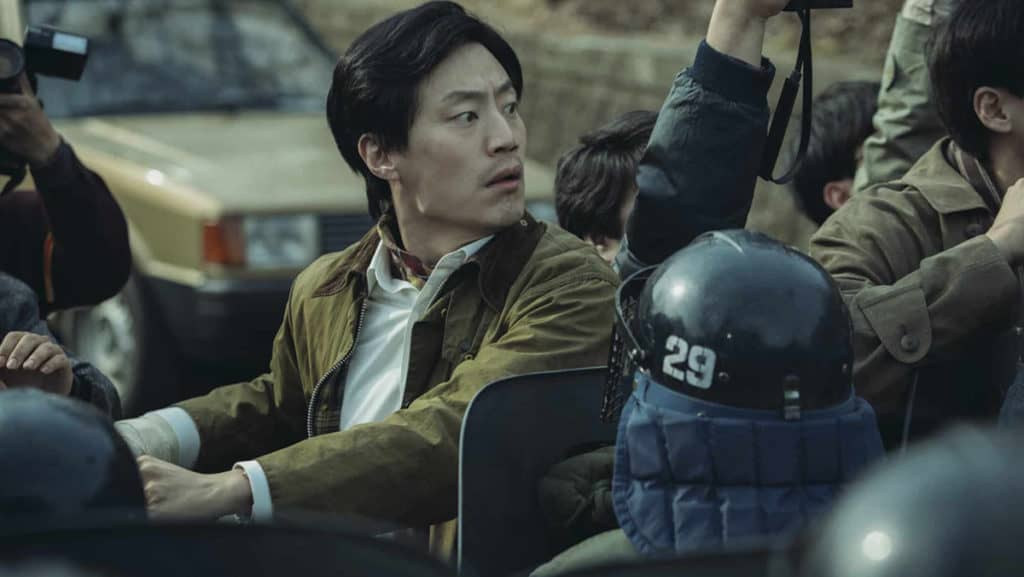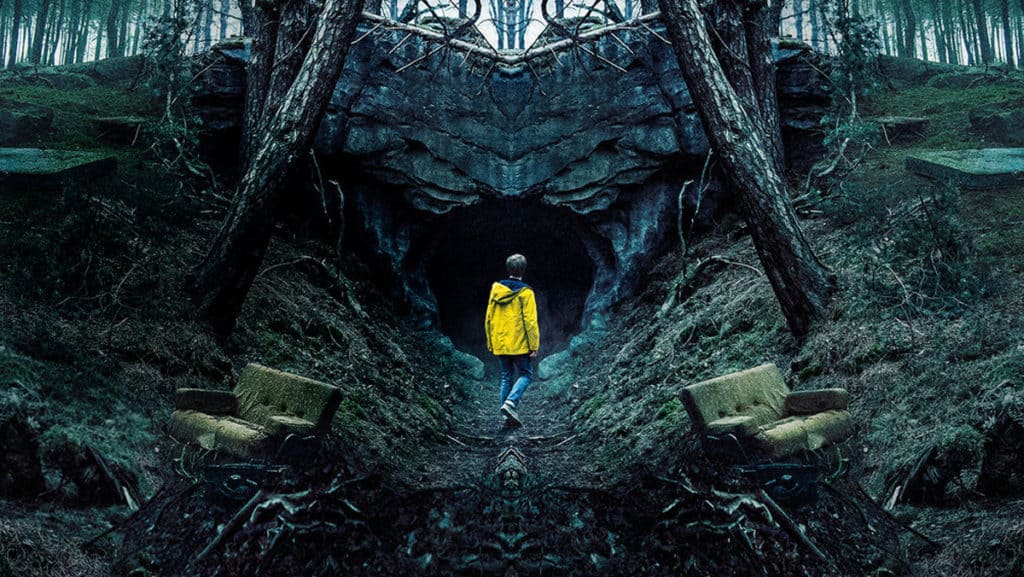Thirty years after the establishment of South Korea’s Sixth Republic, former President Park Geun-hye was accused of violating the constitution and abusing power following a financial scandal. She was suspended from office and sentenced to twenty-four years in prison. However, this level of democracy and freedom of speech was not achieved overnight or through artificial means. In the decades before the 1990s, the South Korean government brutally suppressed any form of protest, a repression so severe that trials addressing these human rights violations continue to this day. South Korea has endured a dark history of dictatorship and oppression, a past that the film 1987: When the Day Comes explores by depicting the final year of that era. Perhaps it was this historical parallel—between the impeachment of a president and the film’s release in 2017—that contributed to its immediate success, making it the fourth highest-grossing film in South Korean cinema upon its release.
The Story of the Film
During the brutal suppression of dissidents by the secret police, a student from Seoul National University is killed under torture. When news of his death reaches the South Korean media—at a time when the country’s political atmosphere had gone underground following the violent suppression of the Gwangju Uprising—society once again erupts in turmoil. The government attempts to cover up the cause of death, claiming it was due to “a heart attack caused by fear during interrogation.” However, a society that had already lost trust in its rulers, along with the press, political circles, and protesting students, refuses to accept this “lie.” The authorities attempt to silence opposition through severe repression and by restricting the victim’s family, hoping to prevent the truth from spreading. But thanks to the covert efforts of certain individuals within the judiciary and police, as well as the relentless dedication of journalists, more details about these crimes gradually leak to the public. Ultimately, the government is forced to concede its failure in the face of a civil society that demands nothing but democracy and its lost rights.
This is the essence of 1987: When the Day Comes—a story rooted in reality. While the core narrative is based on historical events, screenwriter Kim Kyung-chan and director Jang Joon-hwan have slightly romanticized the retelling by adding fictional characters. This romantic subplot, however, serves a purpose: it provides the audience with brief moments of emotional relief amidst the harsh realities of history. Additionally, it acts as a bridge to keep viewers engaged—particularly those who might not typically be drawn to historical subjects.
The director masterfully weaves an emotional thread throughout the film, captivating the audience’s heart while skillfully avoiding the trap of turning it into a mere love story. Instead, he grips the viewer and pulls them into the film’s brutal reality. The audience, having developed an emotional connection with the protagonists, becomes deeply immersed in a history they may have never experienced or known about—until, suddenly, they find themselves a part of it.
South Korea After World War II
For a Persian-speaking audience unfamiliar with East Asia’s post-World War II history, South Korea may appear to be a democratic country with a political landscape entirely distinct from its northern counterpart. However, historical reality tells a different story—South Korea has endured a dark period of dictatorship and repression.
After World War II, Soviet and American troops occupied the northern and southern parts of Korea, respectively. In February and July of 1945, the Yalta and Potsdam international conferences were held, leading to the formal division of Korea into two separate regions: the north under Soviet control and the south under U.S. administration. The 38th parallel was designated as the temporary boundary until reunification could be achieved—an event that, to this day, has not taken place. In the north, communist independence fighters gathered, while in the south, pro-U.S. nationalists took control. Eventually, Kim Il-sung, a former anti-Japanese guerrilla and communist activist, rose to power in the north, while Syngman Rhee, a right-wing political exile, became the first president of the south.
On June 25, 1950, border skirmishes between North and South Korea escalated into full-scale war. This conflict, a direct consequence of Korea’s division, lasted until July 1953, when an armistice agreement was signed—by then, the war had claimed more than two million lives.
Following the May 16, 1961 coup d’état, South Korea’s government fell under the control of military generals. Led by Park Chung-hee, they implemented a policy of “guided democracy,” which resulted in severe restrictions on individual freedoms, suppression of the press and opposition parties, and tight control over the judiciary and universities. Park expanded and strengthened South Korea’s notorious intelligence agency, the KCIA (Korean Central Intelligence Agency), justifying his actions as a necessary fight against communism. With an iron fist, his government deployed military forces and police battalions to swiftly crush any dissent or public unrest.
On October 17, 1972, Park declared martial law, dissolving the National Assembly and suspending the constitution. A month later, a new constitution known as the Yushin Constitution was put to a national referendum. Through widespread electoral fraud, the government secured a manipulated victory, granting Park sweeping political power. His insatiable hunger for control only ended when he was assassinated by Kim Jae-gyu, his longtime friend and the head of South Korea’s intelligence agency, who saw him as an obstacle to democracy.
After Park Chung-hee’s assassination, Prime Minister Choi Kyu-ha took over as acting president, winning the subsequent election with promises to amend the constitution. However, he retained full authority only until the coup d’état led by General Chun Doo-hwan. Though Choi remained in office until August 1980, real power lay in Chun’s hands, leading to widespread unrest in Seoul and Gwangju. Following the Gwangju Uprising, one of the bloodiest protests in South Korea’s history, Choi was forced to resign. General Chun Doo-hwan, then the prime minister, assumed power as acting president before officially taking office.
During the 1980s, under the guise of fighting communism, the government imposed a reign of terror over South Korea, torturing and killing countless dissidents and innocent civilians. Frustrated and desperate, the people—particularly university students—staged numerous protests, only to be met with brutal repression. Many works of art and cinema have depicted this dark period, most notably A Taxi Driver, which received widespread acclaim for its portrayal of the Gwangju Uprising. The arrest of Park Jong-chul, one of the many victims of this turbulent era, was just one case among countless others. Prisons were overcrowded with dissidents whose only crime was seeking democracy under a totalitarian regime. Even innocent people, merely suspected of opposition, were arrested without cause, tortured, and forced into false confessions. The film The Attorney is based on one such historical event, known as the Burim Case.
1987: When the Day Comes is a bitter yet inspiring drama, a dark yet illuminating journey. With the magic of cinema, Jang Joon-hwan sheds light on a hidden, oppressive chapter of South Korea’s military dictatorship. The film serves as a testament to how perseverance, integrity, resistance, and human compassion can lead the way from darkness to light.
